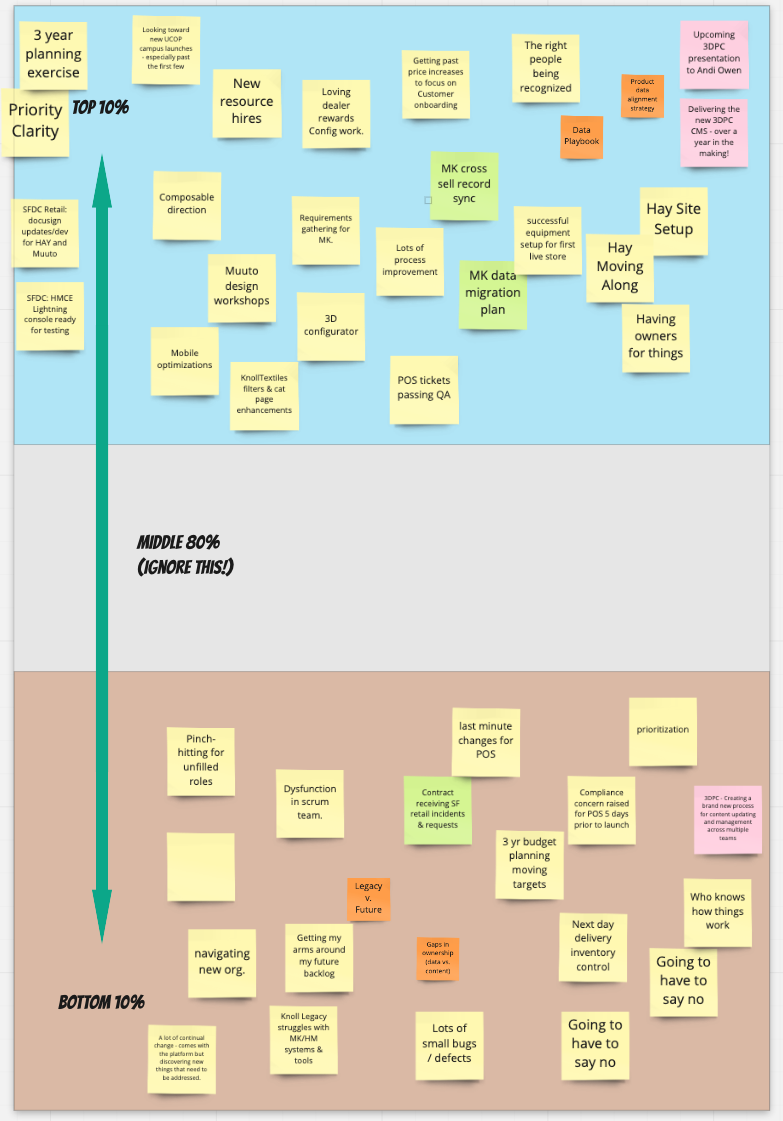Product team health is a much talked about topic. Healthy teams make better products, and everyone wants better products no matter where you sit in the business. There are many tactics published by various orgs and thought leaders that address this, and many tools/apps/add-ons created to measure. Some interesting or useful ones are:
Danny Carvajal from Contentsquare details techniques used by Spotify and how to further workshop them
Product School has an explainer on various team metrics and how to gather them
Andy Cleff, an Agile leader, provides links to many different apps and methodologies to use within your product team
John Cutler of Amplitude advocates for a daily health check-in via a simple spreadsheet, and he’s also written a longer post about maturity and general health signals
There are no shortage of think-pieces and tools to use to bring the idea of a “health check” to your teams. You could discuss and debate the merits of each for months. But I decided to strip it all back a little bit when engaging on this topic with my product managers.
STAND-UP EXERCISE
Prior to stand-up I mentioned we’d be discussing the topic of team health and provided some of the above resources, but not the exhaustive list. Then during stand-up, I asked them to do their own thinking, to develop their own measures.
By creating a simple line with “immature” at one end and “mature” at the other, and a second line of “unhealthy” and then “healthy”, we whiteboarded features and characteristics of teams to add to the spectrum. We generally agreed, and maybe shifted a couple sticky notes based on other entries, but the idea is to get quantity here. Each product manager might view their team or metrics differently, and that is okay - we aren’t going for homogeneity.
Then, I asked the question, “how do we get there?” meaning how do we get to a mature, healthy team. This time the spectrum definition was from “difficult to achieve” to “highly feasible”. Again, each product manager’s suggested action items for their teams were slightly different, but the purpose was to generate the idea.
Then I encouraged each of the product managers to take this back to their own teams and look for those specific team-generated definitions of maturity and health to work toward.






